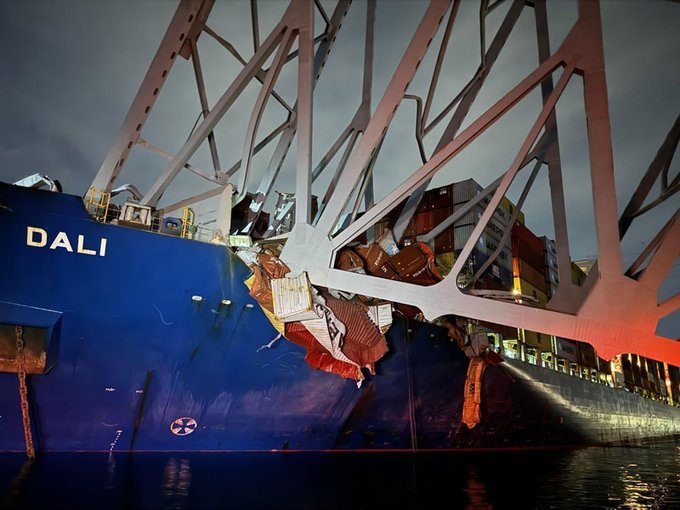Return of downward pressure on container spot freight rates
Container spot freight rates on the main east-west trades were largely flat this week, after ...

From a container supply chain perspective, the effect from this morning’s incident will probably not be as dramatic as Baltimore’s bridge collapse itself – although it does leave carriers and east coast importers with potential headaches.
Baltimore handles around 1.1m teu a year which, as Verspucci ...

Comment on this article